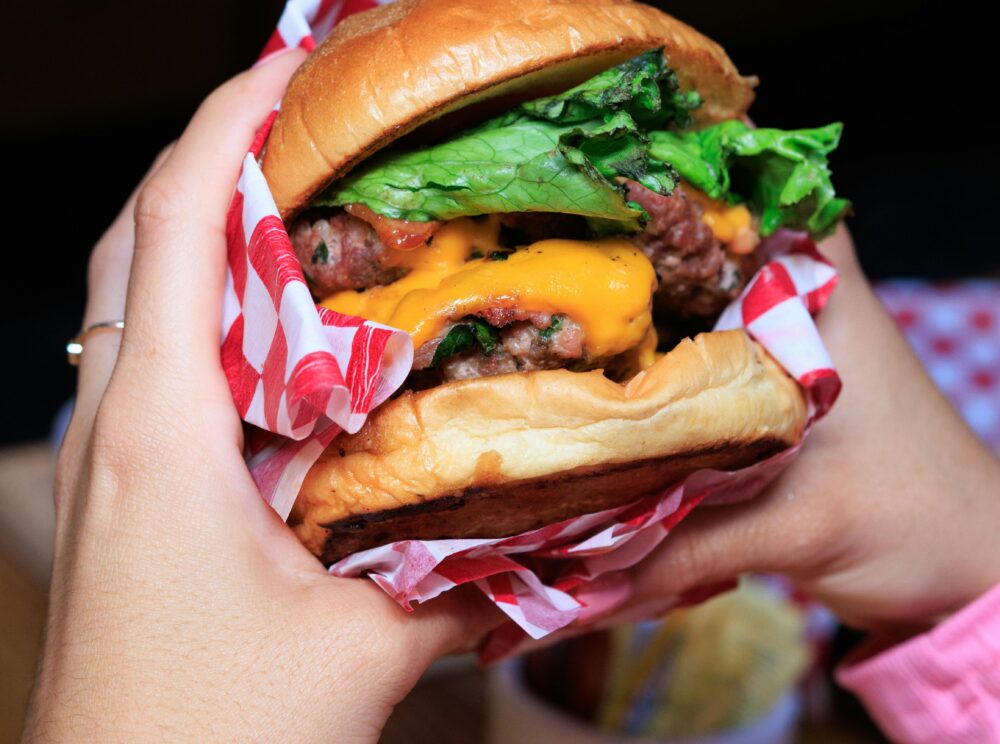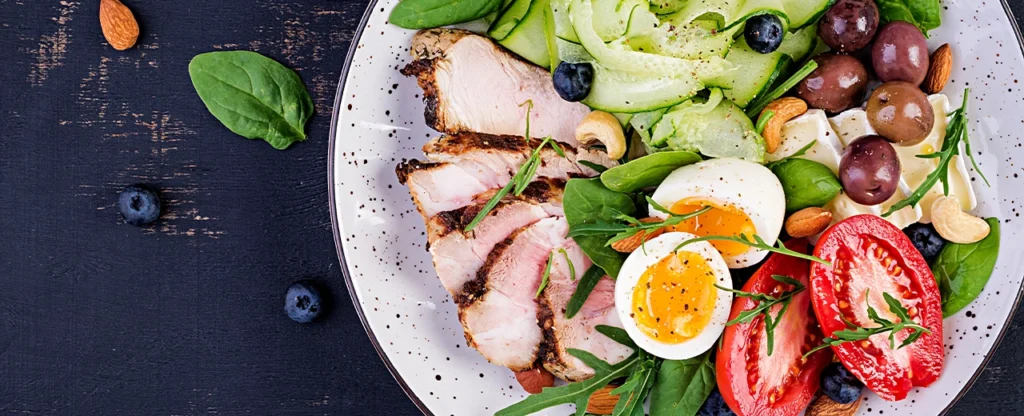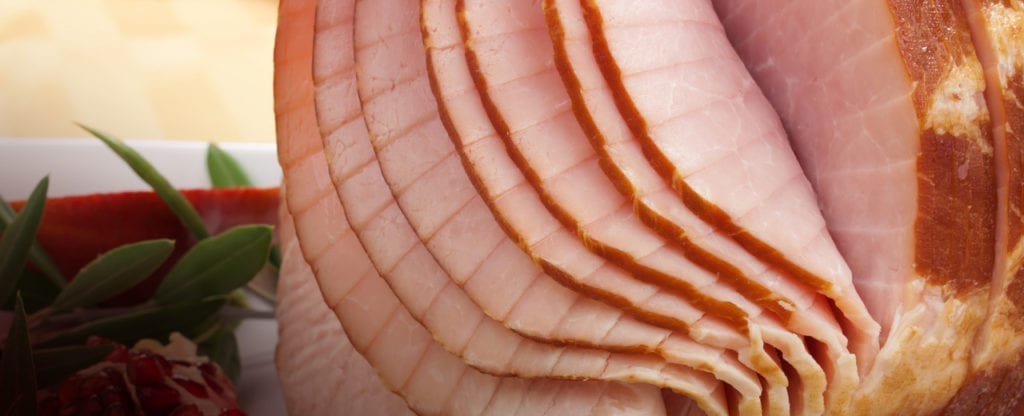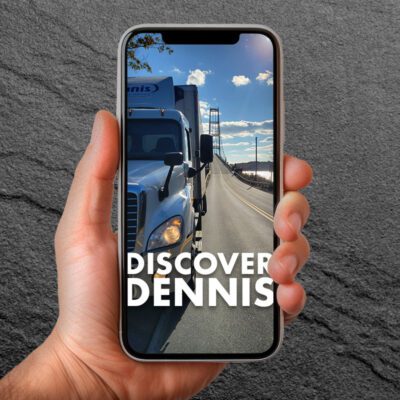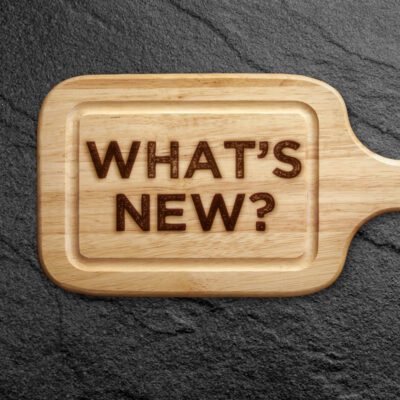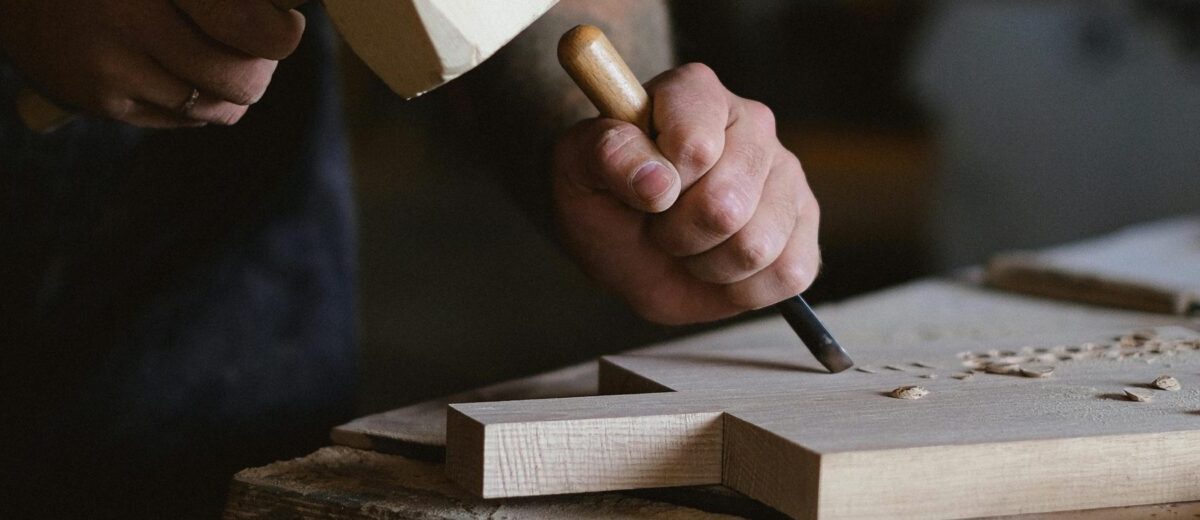
How to Carve Out Time for Photography in Your Restaurant
Ready to build a library of images that support your marketing and social media efforts? These 7 quick tips will help you carve out more time for photography.
If you “don’t have time to take photos.” You should know, the intent of this article is not to convince you to take photos. If you require motivation for that, try Grow Your Foodservice Business with Content Marketing. Here, we are focusing on how to make your photo-taking efforts more productive. The goal is simple, find more time for photography–helping you to build a library of photos that support your social media efforts, brand, and business.
1) The “best smartphone available” should be a part of your yearly budget. Using the latest technology ensures you’re getting the highest resolution images possible by taking advantage of new lenses, sensors, and software. Today’s modestly-upper-end smartphones have HDR (High Dynamic Range) sensors and processing features that capture beautiful photos in even the worst lighting conditions. Plus, better pictures on the first try means you’ll be more encouraged to keep taking pictures!
2) Scout your establishment for the best “scenes.” Walkthrough your dining areas and kitchen, view the world through your camera, and discover your best picture-taking locations. I find it handy to carry around a test subject, like a cheeseburger or a salad. Make a note of the areas that are:
- Adequately lit or have unique lighting. (Natural light is always a winner, but things like heat lamps and spotlights can be interesting/unique light sources too.)
- Visually engaging, seasonal, and exclusive to your operation or methods.
- Suitable for providing context about your facility, people, and general atmosphere.
- Ideal for showing staff performing their duties without interfering.
- Highlight customer activity, again without interfering.
3) Make sure your staff knows what’s up. Picture this scenario. You see a moment to capture a great shot. The chef is just about to pour a ladle of sauce over your signature entrée. You take your phone out to capture the magic, and then the chef sees you and stops. “No,” you say, “Keep going.” Quickly they pour the sauce, but it’s before you can get your camera ready, and the moment is gone.
My recommendation for taking photographs in an active foodservice establishment is to instruct staff “not to stop” if they see the camera coming. Only if they asked directly, “Hey Tim, can I get a photo of you/that?” should they stop for a picture. This simple instruction enables you to more effectively capture “action shots,” which can be more exciting and contextual than their “still life” counterparts, helping you better tell your story. It also means the camera is less likely to interrupt staff during busy meal times.
4) Snap, snap, snap and snap. To get a few great photos, you need to take a lot of OK ones. There is generally no concern about running out of storage space when sending your photos to the cloud. Yes, they’re on your device too. The short version is that cloud syncing utilizes compression and other technical stuff to make your photos exist in both places. Modern devices add to this convenience even more with faster processors, increasing storage capacities in every new model, and gigabyte level cloud services. The best photo you get might be the first one, but it doesn’t hurt to snap five more and a bit of video before putting your phone back in your pocket.
5) Look for opportunities to tell a story or show a process. The dishes you serve aren’t delivered to you cooked and plated. Show what it takes to get to the finished product. What goes into creating your best sellers? Is there a from-scratch step? Is there a local ingredient you can highlight? The finished glamor shot or “still life” of a plated dish will always have appeal, but your visitors also appreciate an insider’s perspective. A peek behind the scenes is an opportunity to differentiate. Any reason you can give a potential customer to choose your food over the similar-looking food down the street increases the potential they’ll choose you over a competitor. And, don’t worry if you miss a step. Chances are you’ll have multiple opportunities in a shift to capture production shots of your top sellers.
6) Review them later. Nothing slows you down faster than worrying and reviewing. Did I get the picture? Is it any good? Reiterate point number four to yourself. Snap, snap, snap. Let them go to the cloud.
To help prevent photography (something that is essential preparation for the marketing of your business) from becoming a point of stress, set aside time when you’re not as busy to review and select your “keepers.”
7) Shoot for next week, today. Sure, there will be things that happen “in the moment,” which you’ll want to post right away. But, in general, patience is the better practice. If you set a goal of capturing 100 share-worthy photos in a week, you’d be able to post using a new image every day for 14 weeks before needing to take more pictures. And chances are, you wouldn’t go 14 weeks without taking more pictures.
100 photos overwhelming? Take 30 photos tomorrow from those select 14 keepers. Now you’ve got visuals for seven days’ worth of Facebook and Instagram posts covered.
Want to learn more? This article is an excerpt from “More, Better, Managed Restaurant Photos.”
Start Taking Better Photos
